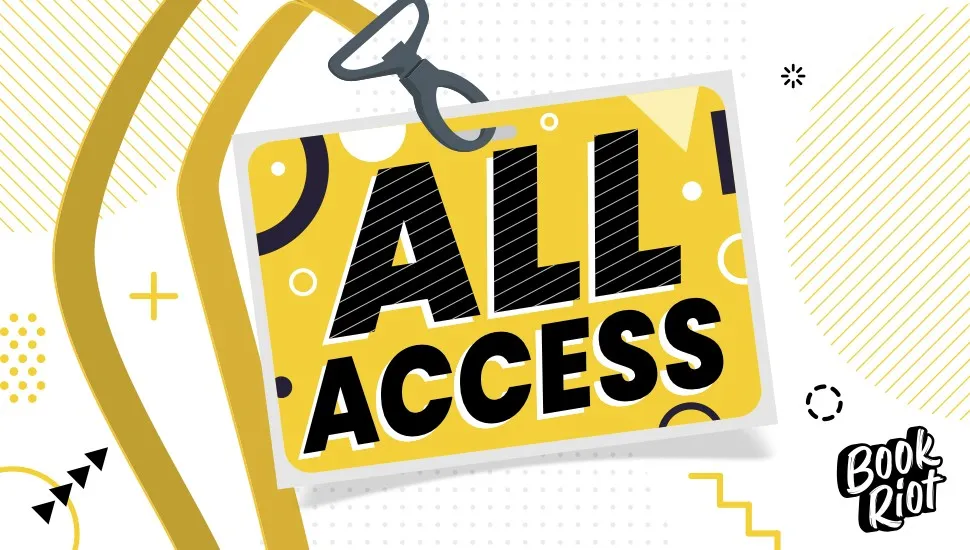Navigate Toxic Family Dynamics, Reclaim Your Peace, and Live on Your Terms
You feel the tension in your chest and the lies in the air. But when you try to bring it up, you are called “crazy” and gaslit into feeling like the bad guy.
If you can relate to this, you may have been born into a dysfunctional family.
This most likely suggests that you are no stranger to toxic behaviors like one-sided affection, micromanaging, and perfectionism.
No family is flawless, but this doesn't mean you should simply ignore your gut feelings or write off the people you care about. Your relationship with them can be saved. All you need are a few tools to create a safe and healthy environment, which starts with defining realistic boundaries.
If you want to turn the page and set healthy boundaries, this book is for you!
Setting Boundaries for Survival is more than a workbook to help you heal from toxic family habits; it's a toolkit for surviving in a dysfunctional home without having to isolate yourself or sever relationships.
Asking others to respect your boundaries isn't selfish. In fact, it may just be the most compassionate step you can take in life.
Inside, discover:
- How to establish and maintain boundaries without guilt or backing down
- Signs of toxicity and manipulation within family dynamics and how to react to them
- Your triggers and their effects on your daily life
- Ways to foster healthy communication skills and habits
- Techniques to overcome tension, regulate emotions, and share your truth
This book is complete with exercises to build your confidence, practice self-care, and help you reach out for support.
Nothing is more important than family, and yours is worth preserving even if it is far from perfect.
Start paving your path to peace, where fear turns into courage and pain into power!
Excerpt from Setting Boundaries for Survival © Copyright 2025 Phillip K. Seymour
SELF-CARE ISN'T SELFISH
If you grew up in a family system where your worth was tied to what you did for others, prioritizing your own needs can feel deeply unfamiliar, and you may find you frame it as indulgent and selfish. As you begin to find greater balance in your family interactions, you must learn to reframe self-care not as being self-centered but as having a necessary amount of self-respect, often resetting patterns you learned growing up that negated your sense of worthiness. Redefining self-care as an act of self-respect and practicing it not as a luxury, but as an essential part of your routine, is telling your inner child, the one who may have been neglected, criticized, or abandoned, “I see you. You do matter.”
In fact, taking care of yourself can often be one of the most loving actions for those around you. The oxygen mask analogy is often used to illustrate this concept: On an airplane, if oxygen masks are required, you are instructed to put on your own mask before helping anyone else. Why? Because if you can’t breathe, you can’t help anyone else.
This is quite similar to how taking care of ourselves in a relationship works. If we are running on empty, we aren’t able to show up for others. In that way, self-care isn’t just about caring for yourself; it’s honoring yourself enough to preserve the energy to show up fully for everyone you interact with. The following are some effective strategies and methods that can help you achieve this.
Just Breathe
One of the most challenging aspects of self-care when in a toxic family is that there are often moments when you feel unable to step away or fully remove yourself from harm, and you must find a way to center and ground yourself internally. The most valuable way to do so is with a resource that is always available: your breath. Mindful breathing can be an incredibly practical coping method. It doesn’t require stepping away and can even be employed in the middle of a tense conversation, providing yourself with a burst of support.
While there are many breathwork practices you can learn to support mental well-being, practicing mindful breathing as on-the-go self-care is one technique that can be done at any time. This technique, known as box breathing or square breathing, is a simple yet effective way to calm the mind and body. To practice box breathing, simply visualize drawing the sides of a square with your breath: Inhale slowly to the count of four, imagining yourself drawing one side, hold your breath for four, drawing the next side of the box, exhale for four, and hold again for four before repeating.
This simple breathing method is incredibly effective because it quickly regulates your nervous system both through the breathing itself and the related visualization, signaling to your body that you are safe, even when you are triggered or in an emotionally trying situation that feels insecure.
In addition to protecting your well-being, this can buy you a few seconds to respond thoughtfully instead of reacting impulsively, which can protect your energy over the long term, making you less likely to get hooked back into toxic family patterns that you have to resolve later. Most importantly, your breath is always available, so it serves as a reliable refuge even in the moments when you feel the most stretched thin.

My profession is online marketing and development (10+ years experience), check my latest mobile app called Upcoming or my Chrome extensions for ChatGPT. But my real passion is reading books both fiction and non-fiction. I have several favorite authors like James Redfield or Daniel Keyes. If I read a book I always want to find the best part of it, every book has its unique value.




















 English (US) ·
English (US) ·